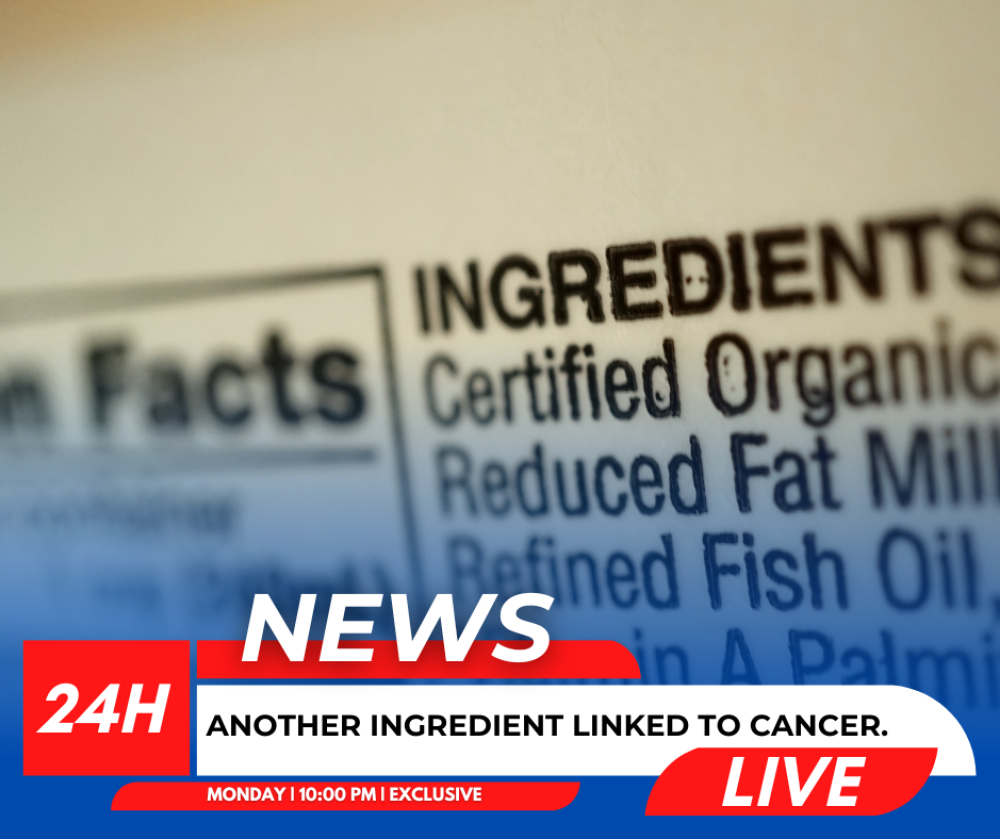

Reputation Management Does Not Have To Be Reactive

In today's fast-paced world, the risk of being on the receiving end of a “headline surprise” is an ever present thought for most companies. Some of the fastest growing “headline surprises” are related to ingredients - ingredients that either have a negative impact on human (or animal) health or on the environment. It feels like almost every day there’s a new “villain” or "hero" ingredient.
Managing those risks and opportunities start by being more proactive in picking up on the “spark” rather than waiting for a “spark”. The good news is that those “spreads” often do have very clear beginnings and patterns. And there are new tools that will enable the future of reputation management.
In our previous post in this series, we talked about how formulators and R&D professionals can use the FutureSet database to pick up on weak signals of concern or opportunity. Here, we’ll discuss the ways External Relations teams, such as communications and PR teams, can use the dashboard to help them avoid potential crises or take advantage of emerging trends.
1. Identifying the highest likely ‘next up’ damaging or potentially harmful ingredient crises before they blow up in the headlines. When it comes to identifying potential crises, the communications team needs to stay ahead of the curve. It means that they need to be aware of the emerging trends and concerns related to the ingredients in their products. One way to achieve this is by monitoring scientific publications, regulatory reports, and social media channels. But it’s tough to separate the noise from the mass of information; in other words differentiating what’s an early signals so you can take proactive measures to avoid potential crises. For example, if a scientific study indicates that a particular ingredient has harmful effects on human health, the communications and PR team should act promptly to investigate and develop messaging to either react to if/when it starts to spread or proactively refute the basis of the study.

2. On the other hand, companies need to identify and take advantage of emerging 'hero' ingredients in their products.

Instead of being on your heels responding to the negative, there is increasing science (whether studies, patents, publications, etc) that point to cases of an ingredient being tied to preventing a potential disease. These ‘hero’ ingredients can provide a competitive advantage especially if they are already in the ingredient statement for your brand, improve customer satisfaction and increase sales. The communications/PR team can work closely with R&D once FutureSet identifies such ingredients and create communication strategies to promote them. For example, if a new ingredient is discovered to have significant health benefits, the communication and PR team can highlight the link of that ingredient to that new data in proactive PR outreach to media, in social media campaigns or in other forms of communication.
3. Identifying emerging science-based thought leaders/influencers via our citation network data - highly cited authors based on concern and/or ingredient. In a world of increasing skepticism, finding credible thought leaders is tough. But one of the ways to identify those credible leaders is by looking at who among peers is citing their work - who among the scientific community find their work credible. As a part of the FutureSet dashboard, one feature is the citation network - a way to identify which authors are most cited when it comes to a specific ingredient or set of ingredients or with regard to an ingredient tied to a specific disease concern e.g. liver disease, ADHD, etc. By identifying highly cited authors based on concern and/or ingredient, the communication and PR teams can develop relationships with them a potential spokespersons or influencer. This can help companies to gain a competitive advantage and increase their brand reputation.
4. External Relations teams can use the FutureSet dataset to define social signposts, which can help social media teams to respond proactively. Companies today use various tools to monitor social media. But if the tool is not pointed to a potential issue then that monitoring will be ineffective. One way that companies use the FutureSet dashboard is to do just that: pick up on early weak signals of concern and then flag that to monitor for it in their social media monitoring tools. For example, if you have a product that is ingestible for children then having a new science study publish a report that links an ingredient in your product to ADHD could be a disaster for your brand. The FutureSet dashboard picks up on those first links so you can then monitor their potential speak via social signposts. This can help companies to avoid negative publicity and maintain their brand reputation.
As these use cases show, the landscape of reputation management is shifting significantly with risks and opportunities emerging rapidly. Having a capability such as FutureSet to be able to identify the next villain or hero ingredient is the difference between being on the brunt of a “headline surprise” or proactively managing it. Tools like FutureSet are the future of reputation management.


